Web3 games have been through their share of highs and lows. While web3 visions around transparency, security, and new ways to connect are lofty, bad actors have left a bad taste in people’s mouths. As these people are ultimately filtered out of the industry through crypto crashes and lack of traction, best practices are emerging from those who continue to build in the space with long-term visions that fulfill the promises of web3.
A major theme emerging is that of the “web2.5 mullet” – essentially: web2 in the front, web3 in the back. Here is how you can build a better web3 game with the web2.5 mullet!
- Problem + Solution: Tedious, boring games
- Problem + Solution: Unstable game economies
- Problem + Solution: Too many cooks in the kitchen
- Problem + Solution: Sustainable monetization
- Problem + Solution: Distribution platforms
- Problem + Solution: Stigma tied to web3
- Key Takeaways
Problem: Tedious, boring games
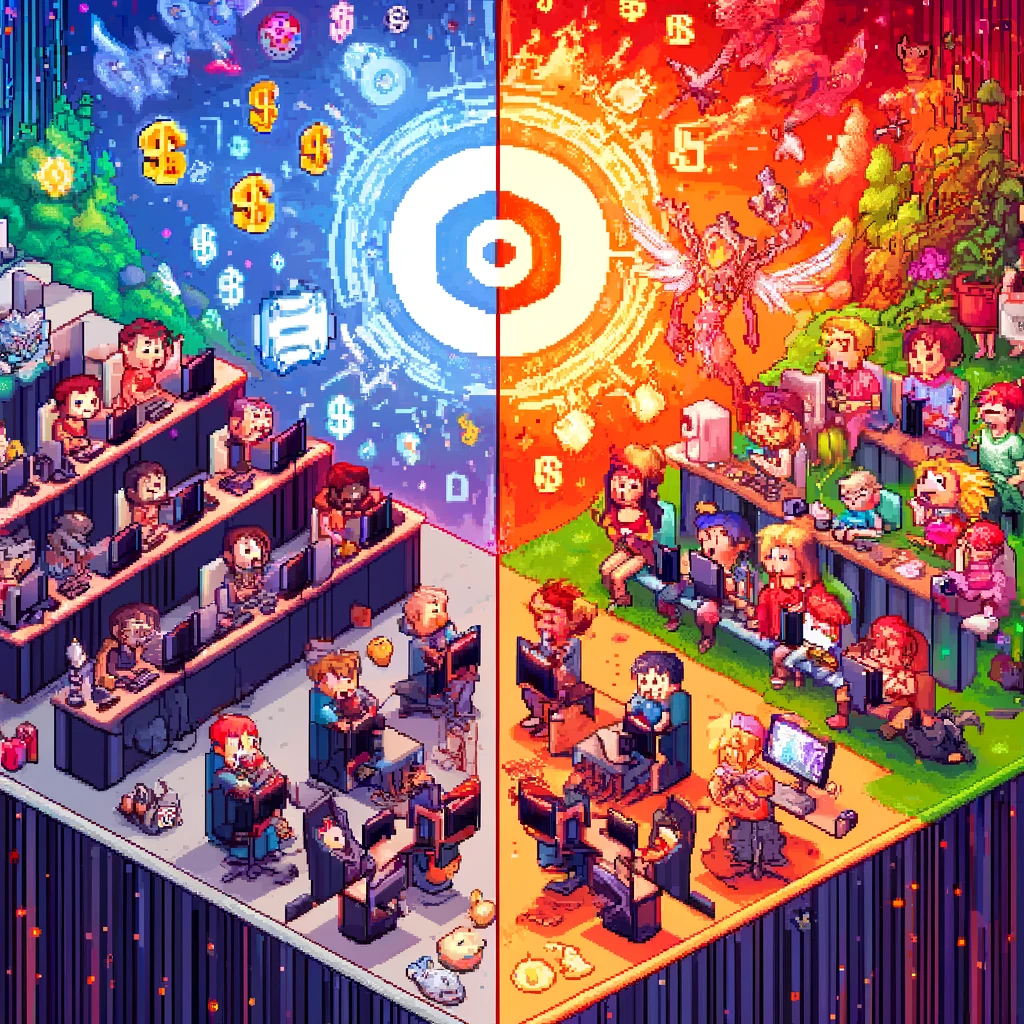 So far, the P2E and P&O models of web3 gaming have proven unviable – especially in terms of scaling. While there is a small hardcore segment of gamers that engage with games to earn money, it is a small slice of the overall gamer pie.
So far, the P2E and P&O models of web3 gaming have proven unviable – especially in terms of scaling. While there is a small hardcore segment of gamers that engage with games to earn money, it is a small slice of the overall gamer pie.
While it might sound like a good idea on paper, truthfully, most people don’t want to play games for money. Rather, people play games to escape into worlds of fun and adventure. Early web3 games misunderstood this, focusing too much on money-making and marketplaces – leading to games that are boring and tedious.
Solution: Putting web3 games content first
Newer web3 games are putting characters, stories, and engaging game loops first. At the same time, they are keeping web3 tech, such as marketplaces, under the hood and incorporating them as part of a holistic gaming experience, rather than the main goal.
Additionally, many newer web3 games are making the need for digital wallets optional or seamlessly creating wallets for them, so that players can be quickly onboarded into the game and start having fun – without having to have experience in web3 technology to engage in the game.
Problem: Unstable game economies
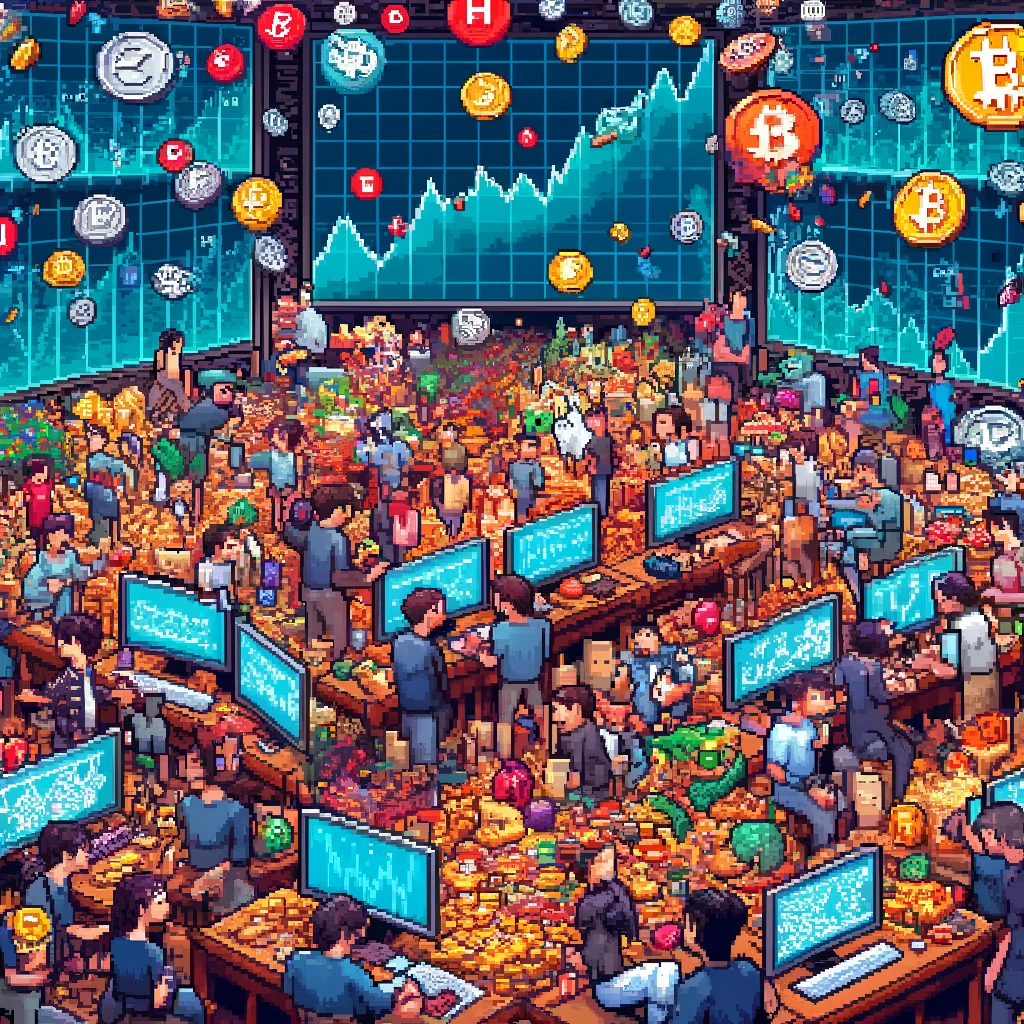 Earlier web3 games used multi-token economies and encouraged trading and speculation with in-game assets. When a game used too many different tokens, had too many assets being exchanged outside the game at once, or saw an influx of players due to rising popularity, this would lead to inflation and destabilization of game currencies.
Earlier web3 games used multi-token economies and encouraged trading and speculation with in-game assets. When a game used too many different tokens, had too many assets being exchanged outside the game at once, or saw an influx of players due to rising popularity, this would lead to inflation and destabilization of game currencies.
Solution: Rethinking token utility and necessity
The necessity of tokens in web3 gaming is still up for debate. At the very least, the role of tokens in a game’s economy merits rethinking. Honeyland Creator Corey Wright suggests the following: 1) A single-token economy, 2) a fixed supply, and 3) deflationary direction.
To ensure this happens, incentivizing participation in the game ecosystem is key. There should be a stronger impetus on keeping digital assets within the game instead of selling them on marketplaces or otherwise removing them from the game ecosystem. For this reason, tokens should be tied to a game’s characters and story. Alternatively (or additionally) you can create more in-game value for players by tying them to reward programs.
Whatever you do, make sure that you are making it more valuable for your players to keep their assets in-game instead of selling or trading them on marketplaces.
Problem: Too many cooks in the kitchen
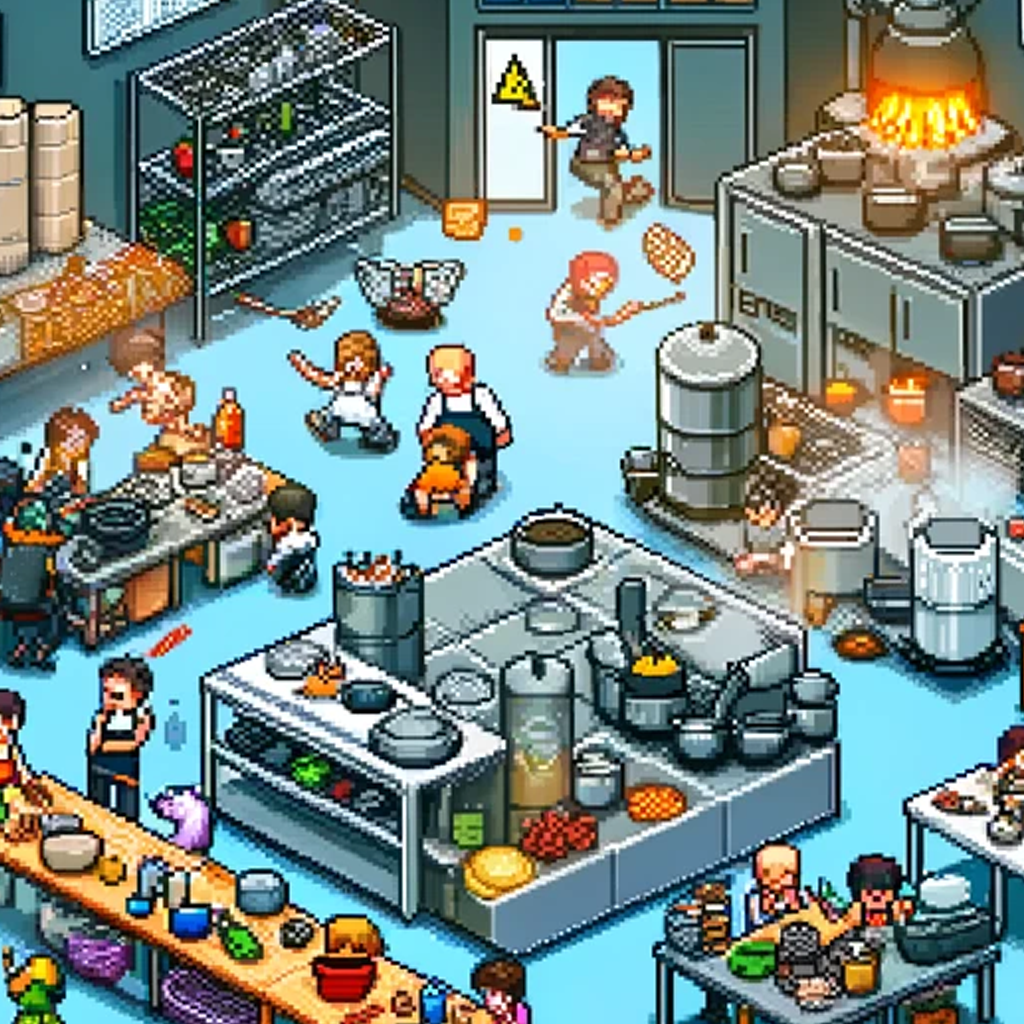 Many web3 game developers have used DAOs (decentralized autonomous organizations) as the structure for their studios – giving players much more decision-making power in their games’ development than traditional web2 developers generally do.
Many web3 game developers have used DAOs (decentralized autonomous organizations) as the structure for their studios – giving players much more decision-making power in their games’ development than traditional web2 developers generally do.
This sounds great in theory, but, in truth it means that game development often gets bogged down by bureaucracy, politics, and untenable ideas.
Solution: Reconsider the role of a DAO
It’s always best to innovate on a single axis. Web3 game developers are already innovating with new technology and monetization models. Innovating on the business structure is doubling risk unnecessarily. While DAOs are great for engaging with online communities of gamers and making them a larger part of the gaming ecosystem, it’s best to leave the actual game development and decision-making to the studio itself.
DAOs can certainly be used to solicit ideas, get feedback, and take occasional votes on non-critical decisions – but the bulk of development should be run and decided by the game’s development team.
Problem: Sustainable monetization
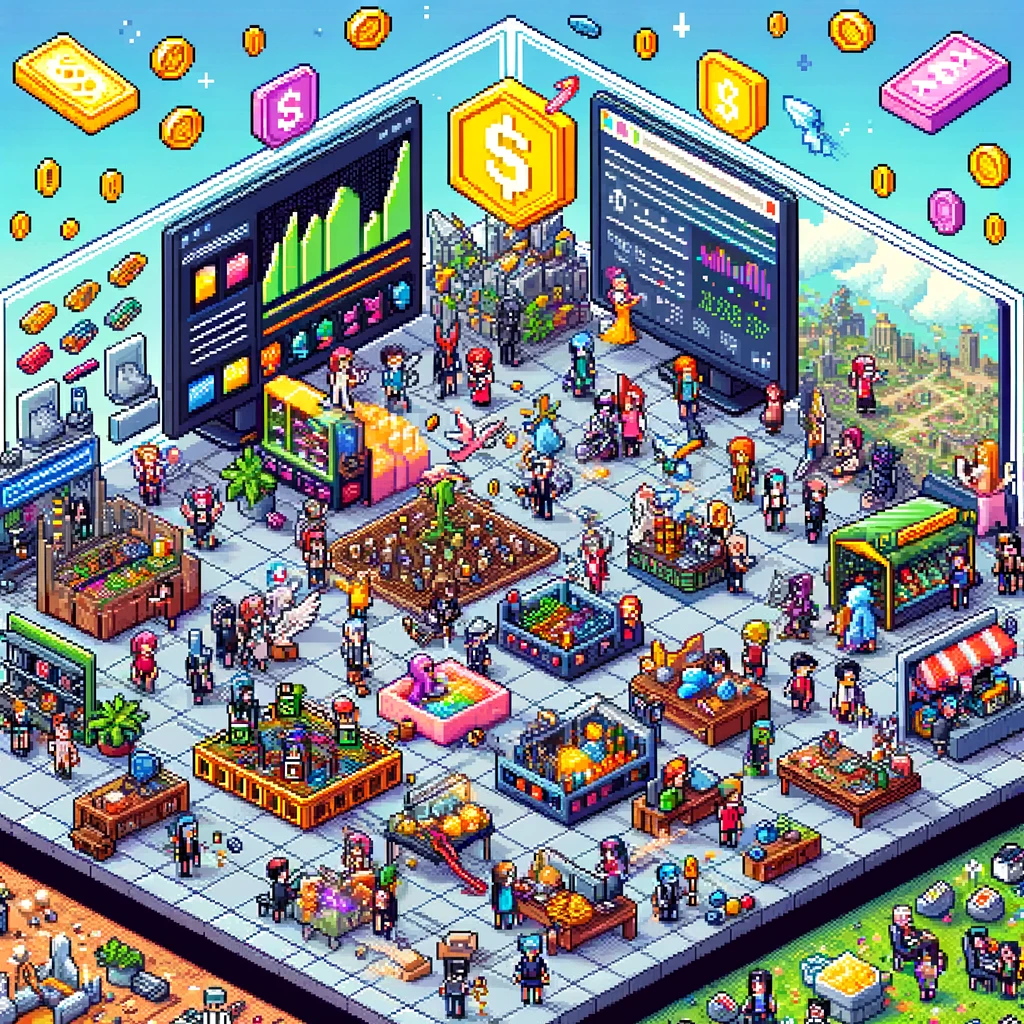 P2E and P&O games have proven difficult to monetize. Typically, in these monetization models, the game studio gets dividends from asset trades in marketplaces. However, for this to create a significant source of revenue, it means there must be a large pool of gamers that is regularly trading these assets.
P2E and P&O games have proven difficult to monetize. Typically, in these monetization models, the game studio gets dividends from asset trades in marketplaces. However, for this to create a significant source of revenue, it means there must be a large pool of gamers that is regularly trading these assets.
Not only is the pool of web3 gamers incredibly niche compared to the overall gamer pie, but a huge influx of players or constant buying and selling of in-game assets can actually destabilize a game’s economy.
Solution: Take a page from web2 games
Many web3 games are looking to web2 games for monetization inspiration – merging web3 monetization models with web2 F2P models. In-app purchases can provide a more consistent and sustainable source of mainline revenue, while token mints and marketplace residuals provide significant bumps. Altogether, this also supports a more stable game economy.
Other strategies, like subscription models, can lead to a more predictable revenue flow. These models not only make it easier to afford multiple web3 games, but also broadens the player base by reducing barriers to entry. For game developers considering a subscription model for their game, companies like Coinsub offer subscription models for web3 gaming projects.
Web3 games can also use airdrops, quests, and loyalty programs to engage players and garner additional opportunities for revenue growth.
Problem: Distribution platforms
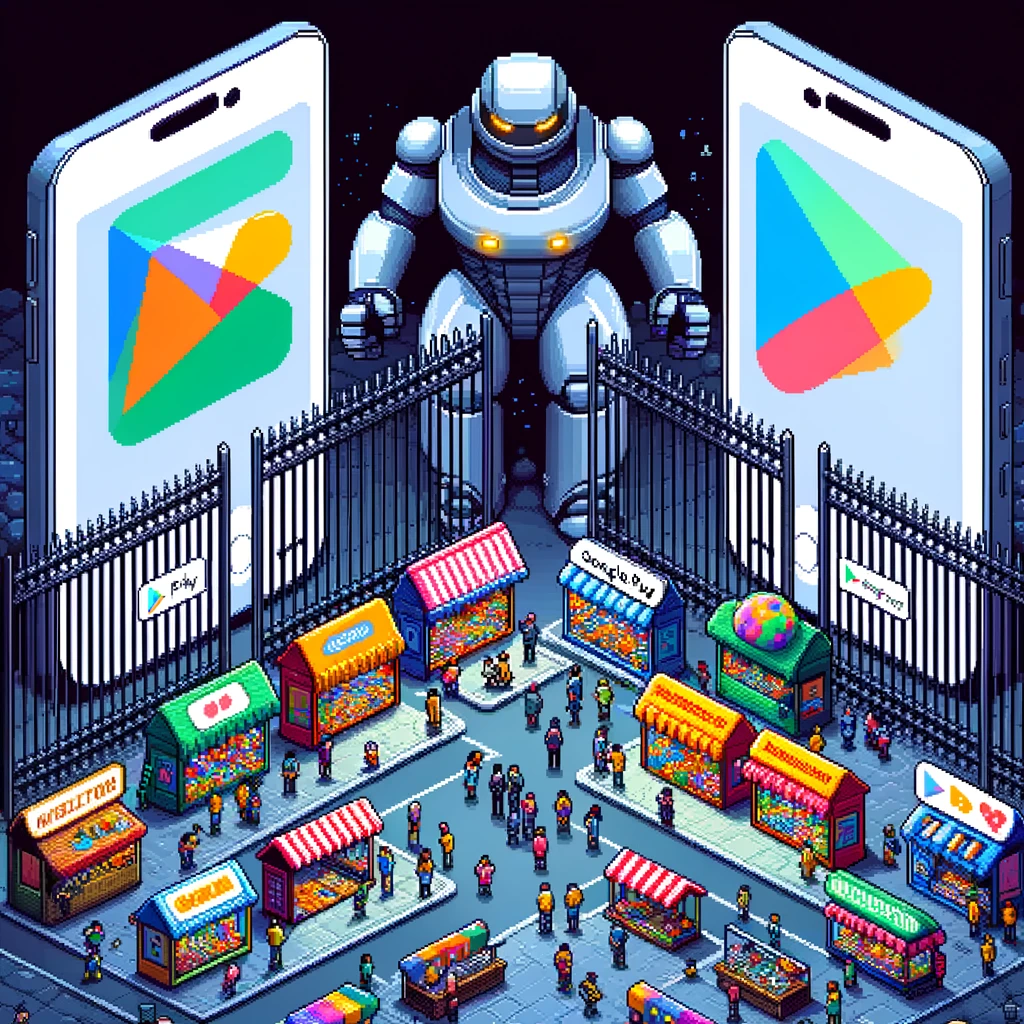 For a long time, web3 games were straight-up banned in major app stores like Android’s Google Play and Apple’s App Store. While policies on this are getting a bit more lenient these days, it is still difficult for a web3 game to be listed on these stores.
For a long time, web3 games were straight-up banned in major app stores like Android’s Google Play and Apple’s App Store. While policies on this are getting a bit more lenient these days, it is still difficult for a web3 game to be listed on these stores.
This makes distribution of web3 games very difficult – leaving only some alternative app stores, web3 app stores, or individual distribution via a game developer’s website. This makes acquiring gamers outside of very niche spaces almost impossible – making mainstream game adoption a pipe dream for many web3 game developers.
Solution: Keep web3 under the hood
The best way to ensure that your game can be listed in mainstream app stores is to keep the web3 components under the hood. Run with an F2P monetization model instead of a P2E monetization model and make the use of web3 components like digital wallets and marketplace trading optional. Of course, make sure to read up on all the specific regulations of every app store you want to be listed on, to ensure you are following all their guidelines.
Problem: Stigma tied to web3
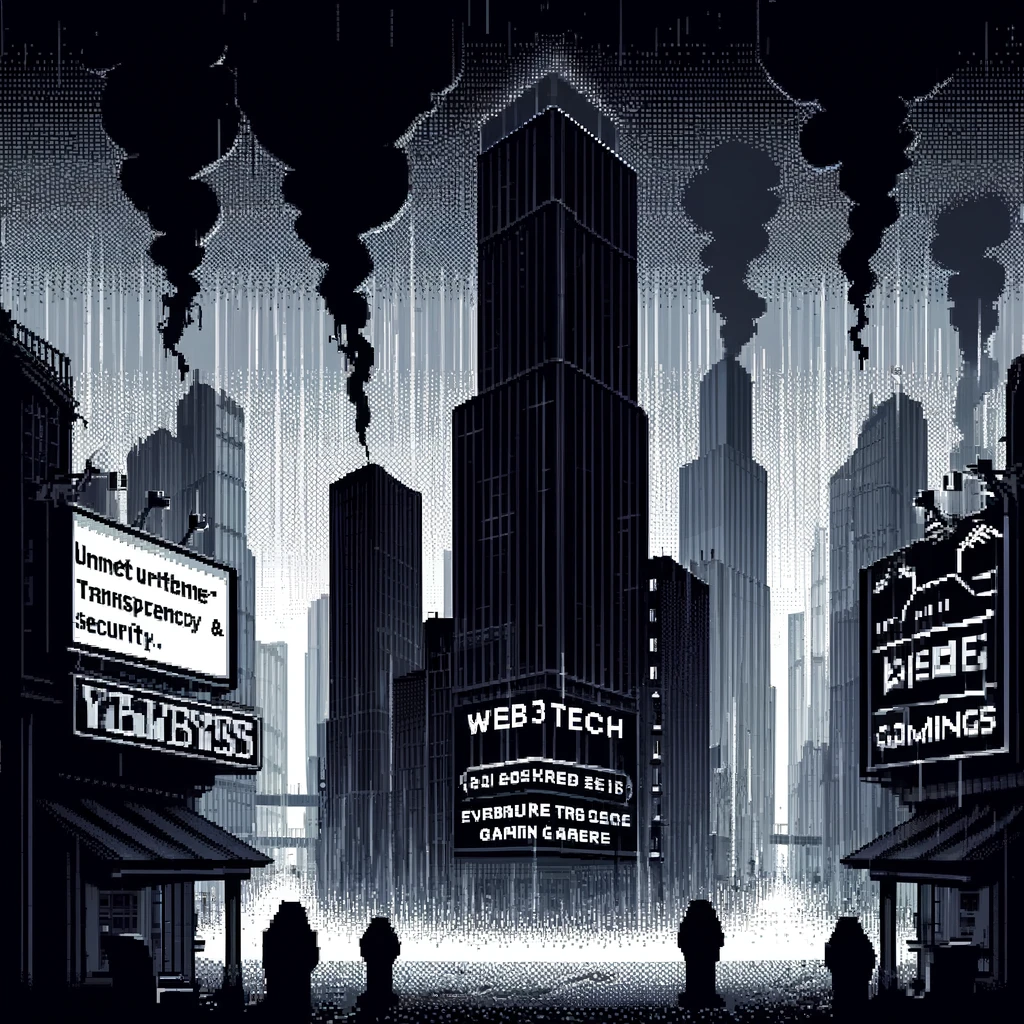 Web3 games have had a rough go so far. Not only has the industry dealt with overpromising and underdelivering on web3 visions of transparency and security, but its pumped out a large amount of half-baked cash-grab games, and had to wrestle with associations to cryptocurrency fraudsters. On top of this, the markets themselves have been very volatile, with serious highs and lows.
Web3 games have had a rough go so far. Not only has the industry dealt with overpromising and underdelivering on web3 visions of transparency and security, but its pumped out a large amount of half-baked cash-grab games, and had to wrestle with associations to cryptocurrency fraudsters. On top of this, the markets themselves have been very volatile, with serious highs and lows.
Solution: Build a better ecosystem and oust bad actors
Perhaps one of the biggest things that can be done to bring web3 gaming to the mainstream is to build an ecosystem that people see as trustworthy and transparent. This is one of the key promises of blockchain technology, but so far the web3 gaming industry has not lived up to those promises.
The crypto crashes have helped filter out a lot of bad actors, but it’s important that everyone who is still in the game is fostering an ecosystem built on long-term sustainability, great content, transparency, and fair royalties for content creators.
Key takeaways
As web3 games continue to navigate the turbulent waters of innovation and market expectations, the emerging “web2.5 mullet” strategy promises a better path forward. By integrating the best practices of traditional gaming with the innovative aspects of blockchain technology, developers can create experiences that are not only engaging and stable but also inclusive and forward-thinking.
The lessons learned from past challenges and the ongoing evolution of best practices are paving the way for this new era of gaming. As the web3 games industry matures, it holds the potential to offer gamers not just games but vibrant, dynamic worlds where the excitement of gaming meets the promise of decentralized, transparent experiences – and, yes, sometimes with real rewards as well.
Learn more
- Web3 Gaming + Web3 Marketing: What You NEED to Know
- Web3 games publishing with the hottest new growth hack
- Web3 Games Publishing: What are web3 games – and how to get started?
- Why the crypto crash is the best thing to happen to web3 gaming
If you’re ready to level up your web3 game, check out our platform or reach out to us today!
Keep up with the latest insights from Upptic
Sign up for our monthly newsletter

